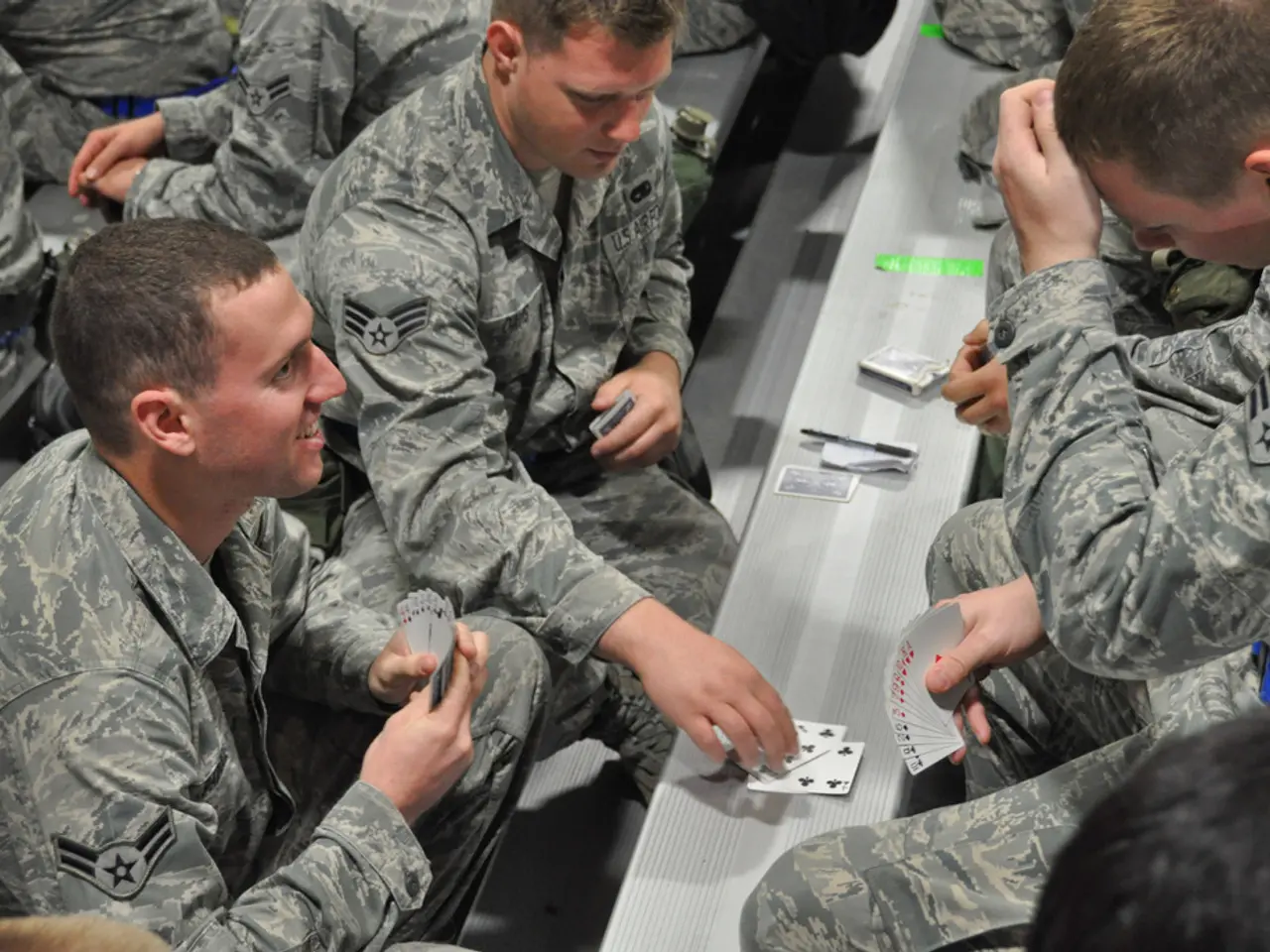Strategies for Assessing Competitors in Poker Gameplay
In the world of poker, understanding your opponents is crucial to success. Whether you're playing in a bustling casino or from the comfort of your home, the ability to read opponents effectively can significantly improve your game. This article will explore the key aspects of opponent reading in both live and online poker.
### 1. Bet Sizing
Bet sizing is a significant indicator of an opponent's hand strength. In both live and online poker, larger, confident bets often suggest strong hands, while smaller or inconsistent sizing can indicate weakness or a bluff attempt. Recognizing when an opponent is betting for value versus bluffing is crucial, especially against common player types like Tight Aggressive (TAG) players who bet aggressively only with strong holdings.
### 2. Timing Tells
Timing can provide valuable information about an opponent's hand strength. Quick bets or calls often indicate a player who is confident or may have planned an aggressive move, while hesitation can suggest uncertainty or weakness. In live games, long pauses before betting or folding may reveal internal decision struggles or weaker holdings. In online poker, timing can still be an important behavioral tell since physical cues are absent, and players might take extra time to make a large bet, indicating a bluff or a tricky play.
### 3. Physical and Verbal Tells (Live Poker)
In live poker games, physical tells can provide additional information. Direct, steady staring at the flop or pot may indicate genuine interest and a strong hand, while avoiding eye contact can suggest weakness or bluffing. Changes in posture, fidgeting, or nervous gestures often accompany bluffing or anxiety. Conversely, a relaxed demeanor may indicate comfort with one’s hand. Tone, pitch, or unusual talkativeness can sometimes betray emotion or confidence.
### 4. Exploiting Weakness
Signs like checking instead of betting, hesitation, or overly cautious play usually indicate a weak hand. Exploit such behavior by applying pressure through aggressive betting or bluffing to force folds. Skilled players know when to fold even strong hands if the opponent’s behavior and betting suggest a superior hand. Maintaining discipline preserves chips for better situations.
### 5. Hand Reading Skills (Universal)
Developing the ability to estimate opponents’ likely hands based on their actions, position, and betting patterns is essential. Tools like hand reading workbooks and HUD stats in online poker improve this skill, helping to predict opponent tendencies and plan counter-strategies effectively.
By combining observation of bet sizing, timing, and tells (both physical/verbal in live play and behavioral in online play), players can significantly improve their ability to read opponents and exploit weaknesses in both environments. It's important to remember that players may try to fake tells, so it's important to observe and be open to adjusting your strategy.
Putting opponents on a range helps narrow down their holdings as the hand progresses. Continuously reducing an opponent's possible holdings based on their actions and community cards on the turn and river is essential. Verbally announcing checking indicates a weak hand because they want to appear confident to prevent you from betting. Players who bet small are unlikely to be bluffing, while over betting is often a sign of strong holdings, especially on dry boards. Calling after taking a long time generally indicates more strength.
In conclusion, mastering opponent reading is a vital skill for any poker player. By focusing on bet sizing, timing, and physical/verbal tells (or behavioral cues online), you can significantly improve your game and increase your chances of success in both live and online poker.
In the realm of casino-and-gambling, particularly when discussing casino-games like poker, developing a blog on effective opponent reading can greatly enrich one's knowledge. Such a blog could explore strategies like the analysis of bet sizing, which signifies an opponent's hand strength, and the significance of timing in poker games, helping players discern confidence or uncertainty.




